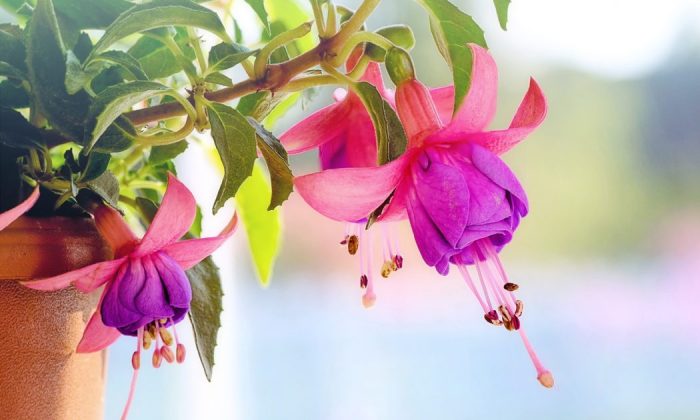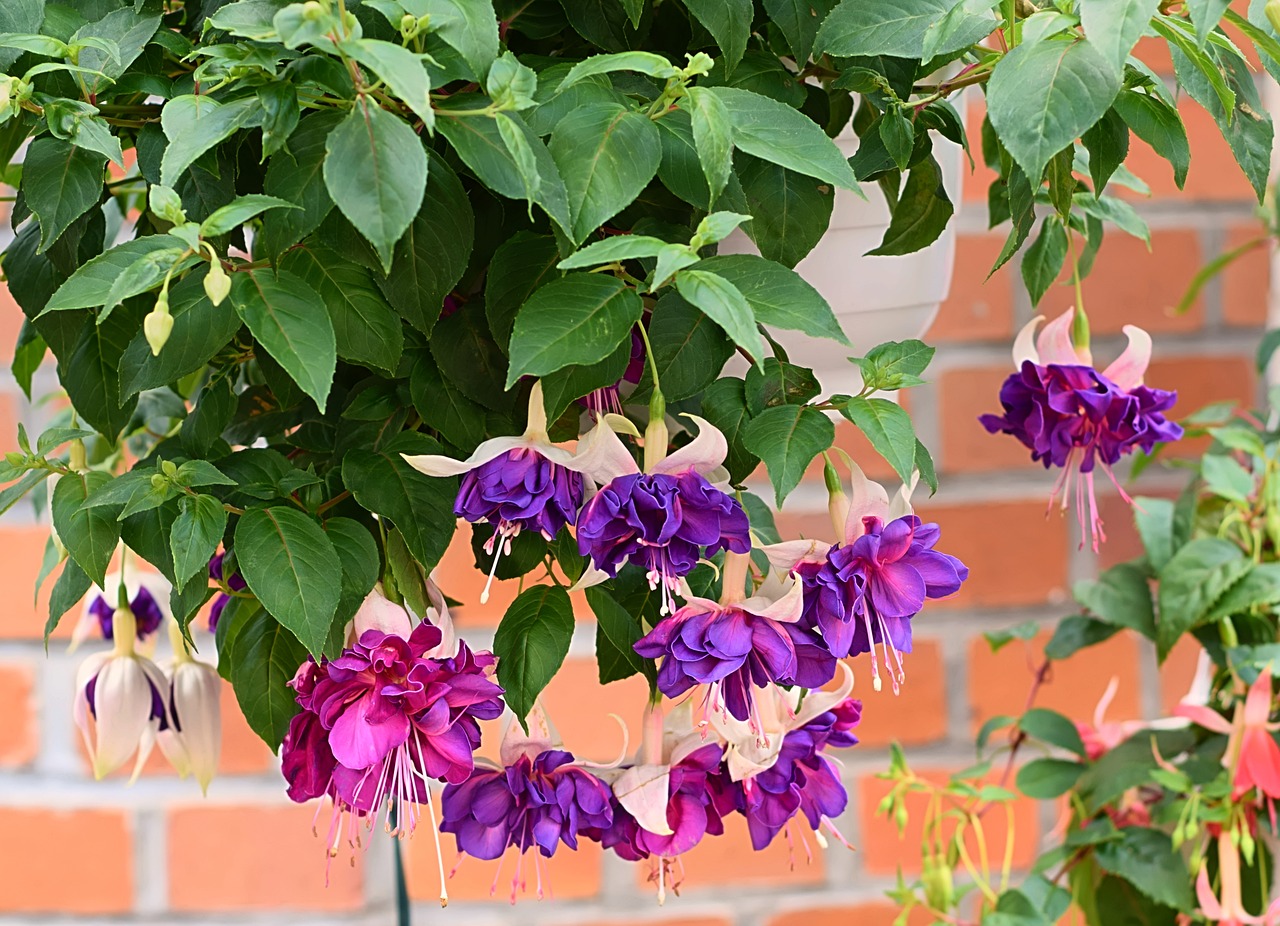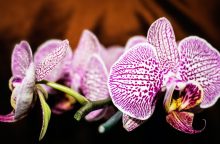Five tips to keep your fuchsias beautiful at all times

Those fuchsias you see today on many balconies and terraces come initially from Central and South America. In the seventeenth century these beautiful flowers got their name after a botanist called Leonhart Fuchs, but today’s fuchsias are not the original species… What you see on balconies today is the result of rather long interspecies crossing.
However, in order to enjoy the unique beauty of these plants, you only need to learn the basic principles of proper care. If you follow these basic principles, your plants will always be beautiful and disease and pest free.
Five basic principles
Light
All fuchsias love partial shade but will grow well in the shade too. However, they will bloom less in shade. But be aware of too much sun. Too much sunlight often dries buds before they can bloom.
Photo: Pixabay
Soil
Fuchsias need neutral or slightly acidic soil (pH 6.0 – 7.0) but it must be fertile and rich in humus. They love it. In principle, you can grow them in any substrate enriched with peat. The best choice is a mixture of garden soil, compost and sand (in a 1:1:1 ratio), rich in humus of course. If the soil is too sandy and light, fuchsias dry out easily but too heavy clay soil causes slow growth and reduces flowering.
Watering
Fuchsias require regular watering. Lack of water causes wilting, which mainly affects the youngest leaves, flowers and buds. If you let your fuchsias fade, most likely they will not recover, or they lose all flowers. Poorly watered plants are much more susceptible to disease and pests. The worst and most common pests include whiteflies, mites and aphids.
Fertilization
Fuchsias need plenty of nutrients so, you should fertilize each two weeks starting in April all the way to the end of August. Use a fertilizer designed for flowering plants. We recommend adding a slow-release fertilizer to the soil before planting and if you do, make sure to mix the fertilizer thoroughly with the soil.
Wintering
Young plants bloom best, so propagate fuchsias in March or April. To do so use matured top cuttings. Those plants that do not bloom well are probably too old so get rid of them.
Preview photo: Pixabay

Gardening is my hobby, I have a lot of experience and I am happy to share it.









0 comments